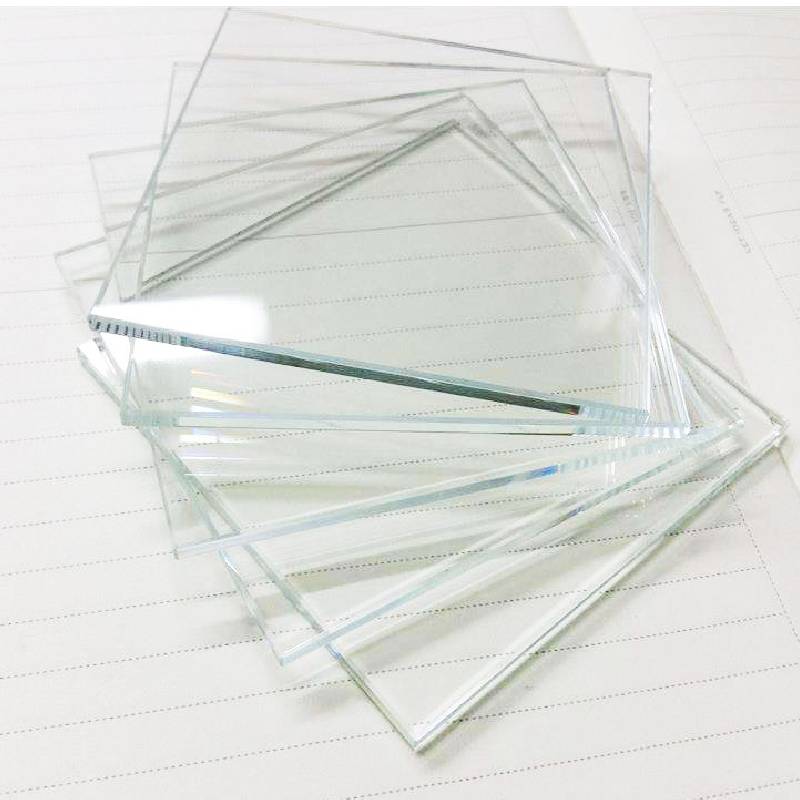Low Iron Glazing A Clear Choice for Modern Architecture
In the realm of modern architectural design, aesthetics and functionality blend seamlessly to create structures that are not only visually striking but also energy-efficient and environmentally sustainable. One of the pivotal elements in achieving this harmony is glazing—the transparent or translucent material used in windows, facades, and skylights. Among the various types of glazing available, low iron glazing has emerged as a standout choice, particularly for its exceptional clarity and performance.
What is Low Iron Glazing?
Low iron glazing is a type of glass that contains significantly reduced iron content compared to standard glass. The presence of iron in conventional glass can impart a greenish hue, which can be undesirable in many aesthetic applications. By minimizing the iron levels, low iron glazing offers a crystal-clear appearance, allowing for maximum light transmittance and minimal color distortion. This quality makes low iron glass an ideal choice for projects that prioritize transparency, as well as for those aiming to highlight the views or the interior ambiance.
Applications of Low Iron Glazing
The versatility of low iron glazing makes it suitable for a wide range of applications. In commercial buildings, it is commonly used in storefronts, curtain walls, and glass facades, where an unobstructed view and natural light are paramount. Residential architects also favor low iron glass for large windows and sliding doors, which enhance the connection between indoor and outdoor spaces while contributing to an open, airy feel.
Moreover, low iron glazing is increasingly utilized in high-end projects such as museums, art galleries, and luxury hotels, where the fidelity of colors and materials is crucial
. By utilizing low iron glass, designers and artists can create environments that showcase artwork and design elements in their truest forms, free from the distortions associated with standard glass.
Energy Efficiency and Performance Benefits
low iron glazing
Apart from its aesthetic benefits, low iron glazing is also a practical choice for energy-efficient buildings. Many low iron glass products can be treated with various coatings to enhance their thermal performance, optimizing insulation and reducing energy consumption. By incorporating low iron glazing into a building's design, architects can improve both the energy efficiency and overall comfort of the space.
Additionally, low iron glazing can be combined with other performance-enhancing features, such as low-emissivity (Low-E) coatings, solar control films, and advanced framing systems. These combinations allow for improved management of solar heat gain and glare, contributing to more sustainable buildings that meet modern energy codes and reduce environmental impacts.
Challenges and Considerations
While the advantages of low iron glazing are numerous, there are certain considerations to keep in mind. One key factor is cost; low iron glass typically carries a premium compared to standard glass due to its specialized production processes. Architects and builders must weigh the investment against the benefits in terms of aesthetic appeal and energy savings.
Moreover, the installation of low iron glazing requires careful handling, as it is often more sensitive to scratches and impacts than regular glass. Proper installation techniques and protective measures are crucial to ensure the longevity and performance of the glazing.
Conclusion
Low iron glazing is transforming the landscape of modern architecture, offering a perfect combination of beauty and performance. As the demand for visually stunning and energy-efficient buildings continues to rise, low iron glazing stands out as a preferred choice for architects and designers looking to push the boundaries of design while ensuring sustainability. From residential spaces that invite the outside in to commercial buildings that boast bold, clear facades, low iron glazing is a testament to the evolution of glass technology and its integral role in shaping our built environment. As we move forward, embracing such innovations will be key to creating spaces that inspire and thrive in harmony with nature.
 Afrikaans
Afrikaans  Albanian
Albanian  Amharic
Amharic  Arabic
Arabic  Armenian
Armenian  Azerbaijani
Azerbaijani  Basque
Basque  Belarusian
Belarusian  Bengali
Bengali  Bosnian
Bosnian  Bulgarian
Bulgarian  Catalan
Catalan  Cebuano
Cebuano  Corsican
Corsican  Croatian
Croatian  Czech
Czech  Danish
Danish  Dutch
Dutch  English
English  Esperanto
Esperanto  Estonian
Estonian  Finnish
Finnish  French
French  Frisian
Frisian  Galician
Galician  Georgian
Georgian  German
German  Greek
Greek  Gujarati
Gujarati  Haitian Creole
Haitian Creole  hausa
hausa  hawaiian
hawaiian  Hebrew
Hebrew  Hindi
Hindi  Miao
Miao  Hungarian
Hungarian  Icelandic
Icelandic  igbo
igbo  Indonesian
Indonesian  irish
irish  Italian
Italian  Japanese
Japanese  Javanese
Javanese  Kannada
Kannada  kazakh
kazakh  Khmer
Khmer  Rwandese
Rwandese  Korean
Korean  Kurdish
Kurdish  Kyrgyz
Kyrgyz  Lao
Lao  Latin
Latin  Latvian
Latvian  Lithuanian
Lithuanian  Luxembourgish
Luxembourgish  Macedonian
Macedonian  Malgashi
Malgashi  Malay
Malay  Malayalam
Malayalam  Maltese
Maltese  Maori
Maori  Marathi
Marathi  Mongolian
Mongolian  Myanmar
Myanmar  Nepali
Nepali  Norwegian
Norwegian  Norwegian
Norwegian  Occitan
Occitan  Pashto
Pashto  Persian
Persian  Polish
Polish  Portuguese
Portuguese  Punjabi
Punjabi  Romanian
Romanian  Russian
Russian  Samoan
Samoan  Scottish Gaelic
Scottish Gaelic  Serbian
Serbian  Sesotho
Sesotho  Shona
Shona  Sindhi
Sindhi  Sinhala
Sinhala  Slovak
Slovak  Slovenian
Slovenian  Somali
Somali  Spanish
Spanish  Sundanese
Sundanese  Swahili
Swahili  Swedish
Swedish  Tagalog
Tagalog  Tajik
Tajik  Tamil
Tamil  Tatar
Tatar  Telugu
Telugu  Thai
Thai  Turkish
Turkish  Turkmen
Turkmen  Ukrainian
Ukrainian  Urdu
Urdu  Uighur
Uighur  Uzbek
Uzbek  Vietnamese
Vietnamese  Welsh
Welsh  Bantu
Bantu  Yiddish
Yiddish  Yoruba
Yoruba  Zulu
Zulu 

